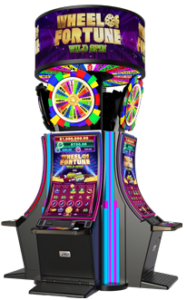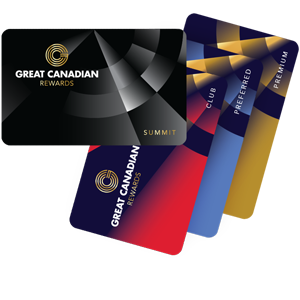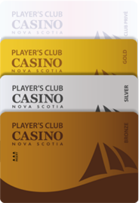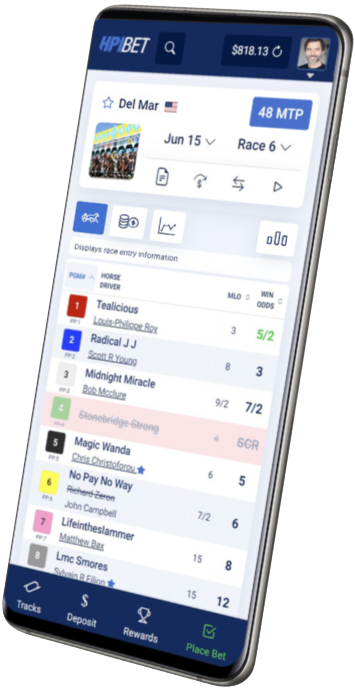Join the Excitement Just Minutes From Downtown Vancouver
Indulge in thrilling races and captivating casino games at Hastings Racecourse & Casino, promising an unforgettable fusion of excitement and entertainment.
THE ULTIMATE ENTERTAINMENT EXPERIENCE
CASINO

Featuring a gaming floor with over 500 of your favourite slot machines, for those seeking a unique Vancouver casino, Hastings Racecourse offers a great mix of live horse racing and casino slots.
RACING

Nestled amidst the majestic mountains of Vancouver, Hastings Racecourse offers an electrifying atmosphere for horse racing enthusiasts to revel in.
2024
JACKPOTS
YEAR-TO-DATE
KEEP THE GOOD TIME ROLLING.
Join us for exciting offers, special perks, and exclusive promotions! There are many ways to get in on the action.
TASTE THE
EXTRAORDINARY
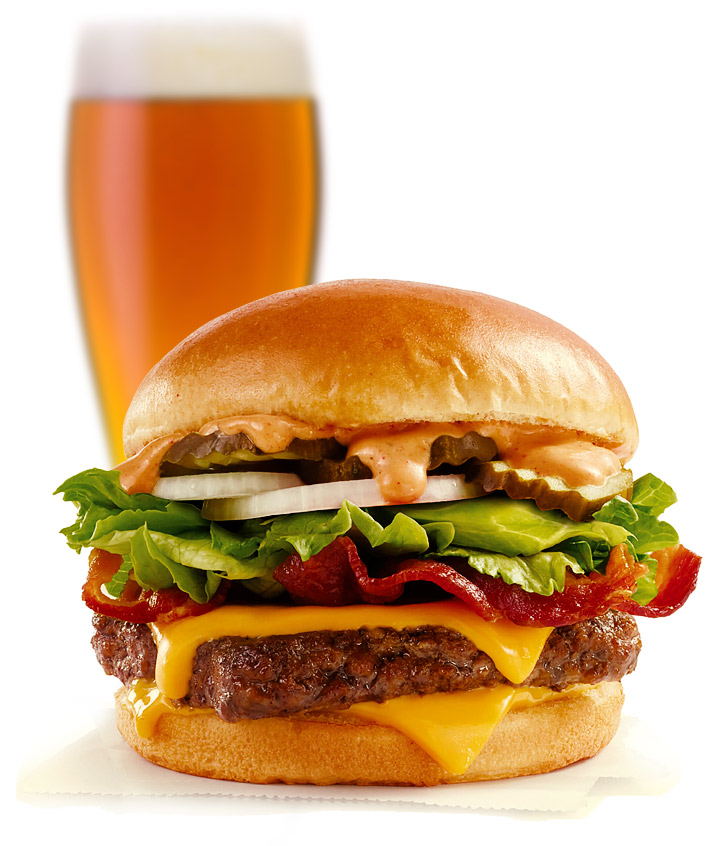
Relax in this indoor lounge that hosts full entertainment amenities including full-service bar, 15-flat panel television monitors and a fully outfitted stage. Located steps from the gaming floor.
Whether you’re looking for a hearty breakfast, a mouth-watering burger or sampling of our monthly food features, Jerome’s offers all your favourite eats in a casual and relaxed atmosphere. Located off the Racebook.
With tiered seating and floor-to-ceiling windows offering a panoramic view of the Northshore Mountains, Burrard Inlet and the track, capture every thrilling moment at Silk’s Buffet.
GET GREAT REWARDS AND EAT THEM TOO.
Join us for exclusive dining specials, and promotions!
Group bookings, catering & events
Come and experience the excitement of live thoroughbred horse racing with your group at Vancouver’s legendary Hastings Racecourse, complete with stunning views of the North Shore Mountains and Burrard Inlet. Our hospitality team can host private and corporate events for up to 300 guests in any one of our unique event spaces
Venues Available for Group Bookings
- Box Seats
- VIP Lounge
- Grandstand patio
- Trackside Patio
- Skybox Private Suite
- Marquee
- Multiple dining options & additions
VIP Lounge
Box Seats
Marquee
Skybox Private Suite
WHAT'S HAPPENING

FINDUS
Hastings Racecourse
188 N Renfrew St
Vancouver, BC
V5K 3N8
Sunday to Thursday | 11AM to 12AM
Friday & Saturday | 11AM to 2AM
Have a Question or Feedback? Get in touch

